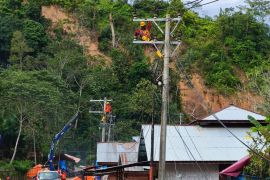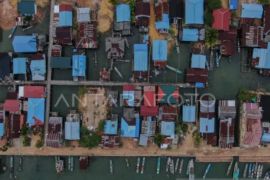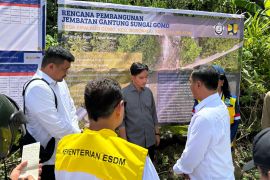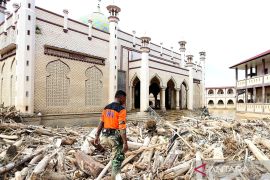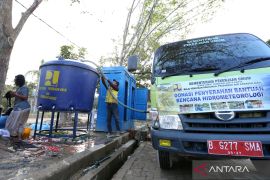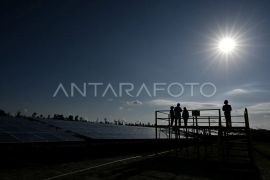"Based on records we have collected, the Raflesia is not found just in one orest area but also in nine districts and not in cities that have no forest area," he added.
Agus said the unique flowers were found in the Bukit Barisan mountains in northern Bengkulu, namely Mukomuko district, the eastern area of Lebong district up the southern part of Kaur district.
He said there were 21 locations where the rare flower was blooming in nine districts, namely Mukomuko, North Bengkulu, Central Bengkulu , Kepahiang, Lebong, Rejang Lebong, South Bengkulu, Seluma and Kaur.
However, the majority of the forest areas which are the habitat of the protected flower has been changed into gardens that threaten its sustainability.
"During 2011 , there the flower bloomed 14 times in various locations, namely in Central Bengkulu, Kepahiang, Mukomuko and Kaur," Agus added.
He noted the location of protected forest along the highway of Kepahiang and Taba Penanjung were the common locations for the blooming Rafflesia.
These locations were located in nature reserves of Taba Penanjung I and II to the protected forests which border with Tebat Monok village, Kepahiang district.
Unfortunately the blooming flowers are often not followed by good management. Whereas the frequency of blooming flowers and the convenient accessibility, these flowers are potentially as one of the strong appeal for the community economic development through eco-tourism.
Indonesia has the most various Rafflesia species in the world. Of the 25 species recorded at this time, 12 of which derive from Indonesia and four of them found in Bengkulu.
In Malaysia and Sabah, which only has 6 species, the ecological research and conservation for Rafflesia relatively more active and advanced. Similarly in the Philippines which in the past 5 years has discovered five new species of rafflesia.
Meanwhile in Indonesia it was only found two to three new species in the last 20 years. It shows the attention and research are still left behind from Malaysia and the Philippines although these species were firstly appeared in Indonesia, Agus explained.
The lack of attention was to be a very worrying because most of the Rafflesia species are classified into the threatened category, he said.(*)
Editor: Heru Purwanto
Copyright © ANTARA 2012


